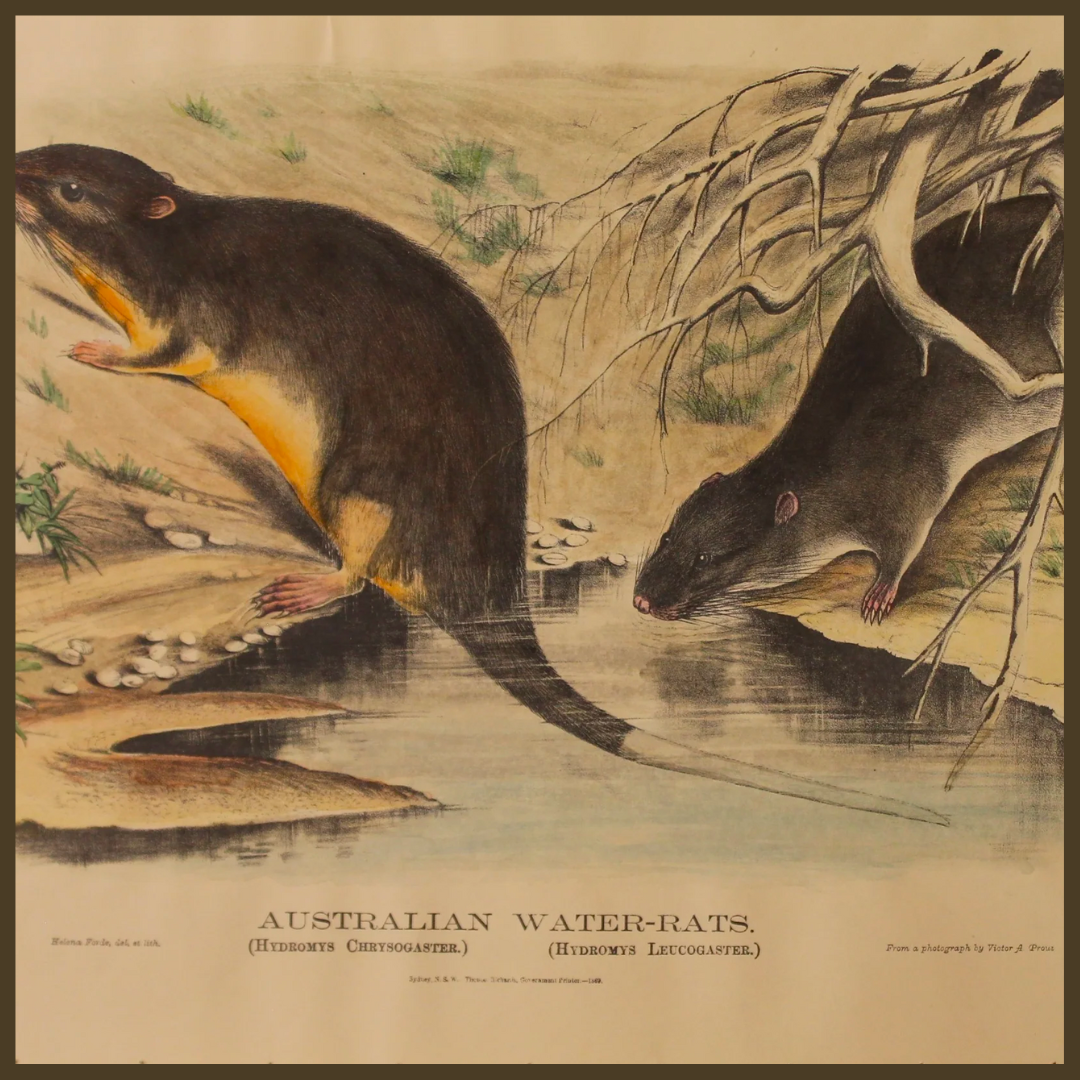
BIOGRAPHY OF SILVESTER DIGGLES
Share
Early Days in Queensland
Silvester Diggles (1817 – 1880) was a naturalist, artist and musician. He was born in 1817, the eldest son of Edward Holt Diggles, an ironmonger of Liverpool, England, and his wife Elizabeth, née Silvester.
In May 1839, he married Eliza, daughter of John Bradley, who was a tutor in Liverpool.
They subsequently had two daughters and a son.
In 1853 they made the trip to Sydney, Australia. After an exploratory visit to Brisbane in November-December 1854, he settled there permanently with his wife and family in January 1855. He taught drawing and music and also practised as a tuner and repairer of musical instruments.
His wife passed away in August 1857 and wasting no time, in 1858 he married Albina, daughter of John and Sarah Birkett of Barnby in the Willows, Nottinghamshire. They had two sons.
Diggles was very community minded. Genial, friendly and an enthusiastic supporter of community activities, Diggles became a well-known and a beloved citizen in Brisbane. Because of his interest in music, he was a founder of the Brisbane Choral Society in 1859 and the Brisbane Philharmonic Society in 1861. As a religious man and because of his musical interests, he became accompanist at church services and concerts. When the musicians of the city gave him a grand benefit concert in 1877, he was termed 'the father of music in Brisbane'. Sincerely religious, he had joined the New Jerusalem Church in 1846 and acted as its leader in Brisbane for some years. He was also a Mason.
These were very early days in Queensland. Queensland became a colony on 6th June 1859.
Diggles helped to found the colony's first scientific institution, the Queensland Philosophical Society, on 1 March 1859 and published several papers in its Transactions. He acted for many years as honorary curator of the Philosophical Society’s small museum, established in the old windmill observatory on Wickham Terrace in 1862. This collection was gradually transferred to the Queensland Museum in 1871-74.
His special interests were ornithology and entomology, through which he had a wide circle of friends and correspondents.
His outstanding publication was The Ornithology of Australia of which twenty-one parts were issued in 1865-70. Each part contains six lithographed hand-coloured plates, imperial quarto size, each accompanied by a page of descriptive text. When bound, this formed a large volume of 126 plates and 126 text pages, but it covered only about one third of the known Australian birds as he lacked the funds to complete the publication.
In 1877 his remaining plates and text were reissued under a new title, Companion to Gould’s Handbook. Between 1863 and 1875, Diggles, unassisted, made 325 detailed watercolour paintings depicting about 600 Australian land birds, as the preliminary artwork for his plates. These watercolours, now bound in four folio volumes, are held in the Mitchell Library, Sydney. They formed part of the Library’s foundation collection bequeathed by David Scott Mitchell.
Diggles's major contribution to the knowledge of Australian fauna, however, was through the extensive collections of insects, particularly butterflies, moths and beetles, which he sent to overseas entomologists for description. In 1875 his health began to fail, due partly to worry over the Ornithology. He died at Kangaroo Point, Brisbane, on 21 March 1880, survived by two daughters of his first marriage and two sons of the second.
Biography: www.eoas.info
Related Tag: Bird Prints



